July 13, 2024

This morning we did another game drive. It was just us and our guide, Luisa. Not as much luck this time, but we did go to the village where the people who work here live and saw an armadillo and lots of toucans.
The game drive began with some rhea as we left the lodge.

We then passed through the familiar gates that led from the lodge to the reserve.

The turquoise-fronted parrot was our first morning sighting after going through the gates.

We stopped at a waterhole where there was one of the Oncafari camera traps.

The green ibis is mostly black with some iridescent green feathers on its neck and wings, that unfortunately did not show well in the dimmer morning light.

We saw another roadside hawk.

We were hopeful we would again see the jaguars when we reached the carcass and the vultures were still hanging out in the trees.


Unfortunately, we waited but no jaguars came out. We did however see a pair of king vultures which our guide, Luisa, says are a rare sight. We were hoping they would land, but they stayed in flight. The other vultures will defer to a king vulture and let them have first dibs on a carcass. If they arrive first, they will eat the choice bits like the eyes, but will wait for other vultures or predators to tear through the skin. Although they are larger, their beaks are not as strong.
We waited about an hour, but eventually gave up on the jaguars and went in search of other animals.
We saw a jabiru stork wandering about out of the water.

A savanna hawk landed in a tree.
A pair of hyacinth macaws also flew to a tree.
An egret took off from the water hole.

We saw another jabiru stork - flying this time.

We stopped by an area where capuchin monkeys are often found. They weren't here today, but we did admire the art made from a great tree trunk.

Brent also found a hyacinth macaw feather. The feathers are actually black as seen when turning the feather over. However the outside of the feather has pigment crystals and air pockets which cause the feather to deflect the blue light while absorbing all other colors. Thus it appears to be a brilliant blue, but if you were to crush it, it would revert to black. (We didn't try that. Our guide, Luisa collects feathers, so she kept it.)
We went to the village next in search of armadillos. They sneak in by digging holes under the fence. Luisa told us about living in the village and how the armadillos would come into the houses and open the refrigerators and make a mess of anything left out – like the time she bought a case of the peanut candy.
We hadn't seen many toucans outside the bird feeder at Port Jofre, but we had some luck in the village. One was in the trees
and another was snacking on a papaya on the ground.
Next we came to a marshy area where there were many caiman with some water birds like the egret and tiger heron walking among them.
Soon after we saw a cocoi heron with a large fish. The fish had a large spiny fin and wouldn't fit down it's throat. It was fascinating watching it work to make the fish edible.
Before heading back to the lodge, our driver showed us his knives and how the machete can be used to clear a path.

As we headed back to the lodge, we saw a group of capybara resting.

During our afternoon break, I did some bird watching around the lodge.
I saw monk parakeets,

rufous hornero,

crested hornero,

kiskadee,

rufous-bellied thrush,

cattle tyrant,

chopi blackbird,

saffron finch (the male is the brighter yellow while the female has more a hint of yellow among the brown feathers).
and the chalk-browed mockingbird.

I also enjoyed watching the polydamas swallowtail get nectar from the flowers.
The flamboyant, or flame, tree was no longer in bloom, but stood out with its large seed pods.

In the evening, we had the whole group again. The jaguar's weren't showing up, so we went in search of other animals.
We started with some water birds. The limpkin loves apple snails so much that its bill has adapted to eating them. When it closes its bill, there is a little gap before the tip and the tip is curved just to the right. This lets it slip into the curve of the snail's shell and pull it out like using tweezers.

There was also a jacana.

The yellow-chevroned parakeet made an appearance high in the trees. Like other parakeets, you can sometimes find feral populations in the United States where pets have been released and then adapted to their new environment. For example, although these are seed eaters, one adaptation the feral populations made is to eat flowers and nectar.
A greater yellow-headed vulture hung out in a tree, hoping to spot some carrion.

A pair of hyacinth macaws was enjoying time together near their nest (the hole in the tree).
A jabiru stork was also at its nest.

The next water hole was very busy. A pair of great black hawks and their juvenile chick were looking for food - although the chick did more crying for its parents to feed it than looking itself.
The whistling heron has a more musical call than most herons. It's babies also stay with the parents longer. There is still a lot to be learned about this unusual heron.
A limpkin was hunting for snails.

The plumbeous ibis is also fond of apple snails and was searching nearby.

Our next stop was when we spotted a great black hawk with a crab-eating fox carcass. The guide didn't think the hawk had killed the fox, but they act as scavengers as well. It flew off when a crested caracara came on the scene.
A short while later we saw a lone crab-eating fox. They usually come in pairs so hopefully it hadn't lost its partner.

We passed a pampas deer with a cattle tyrant hitching a ride.

A kingfisher and a red-cowled cardinal were keeping an eye out for a snack.

We passed by a black-collared hawk.

We then had a great sighting of a pair of crab-eating foxes.
Some nanday parakeets were perched on a fence. They are intelligent and curious birds which are popular in the pet trade because they can be taught tricks. They are also called the black-hooded parakeet.

They flew off soon after we approached.
As the sun began to set, we saw blue macaws going to roost in a tree. Can you spot them?

We again passed through the pasture. There were some small calfes that were adorable.

More macaws were flying by in the sunset.
Once it got dark, we began spotlighting. We saw a common potoo that looked like part of the tree trunk it was perched on.

This was our last night at Caiman and we lucked out and found an ocelot. We actually couldn't see it at the time as it wasn't where the spotlight appeared to be. (Another vehicle had found it first so we didn't have a straight on view. However, Brent's cell phone picture did capture it. Can you find it?

Hint: it is in the tall grass, not the trees as we had thought. (The close-up from the big picture is super blurry.)

We had another outside meal. It was a little warmer this time.

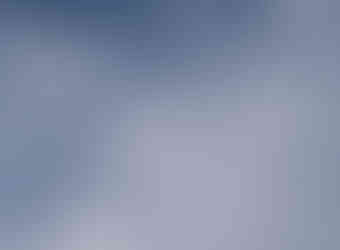


















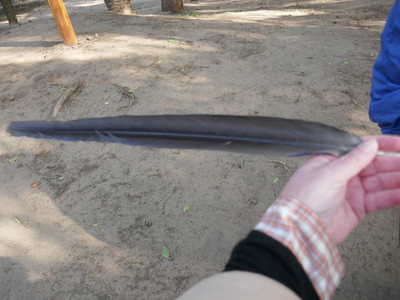







































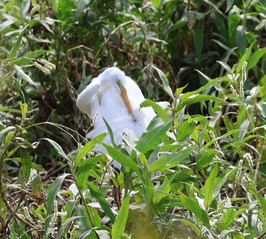


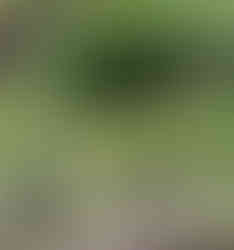









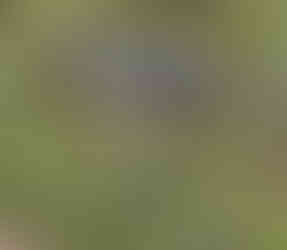










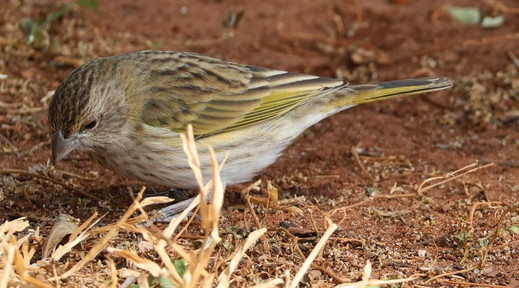








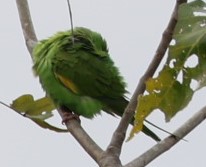
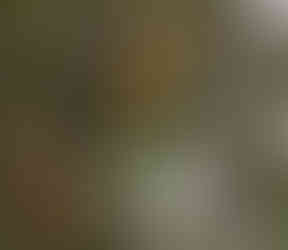

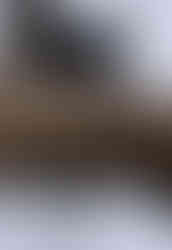




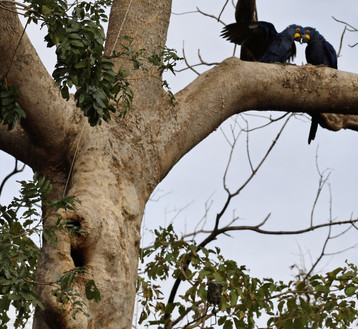

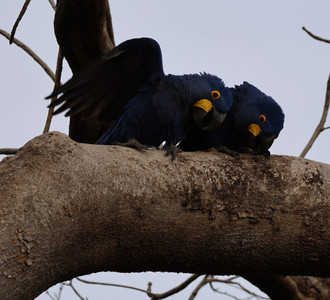


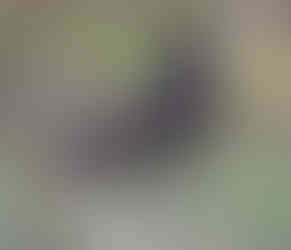













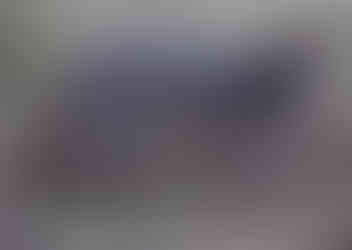


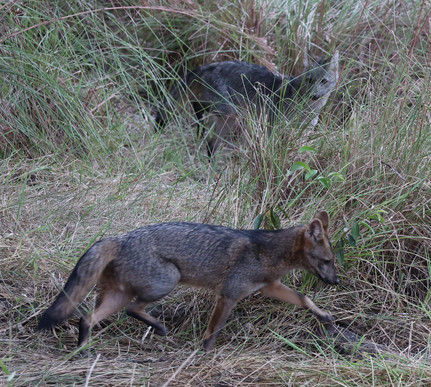












Comments